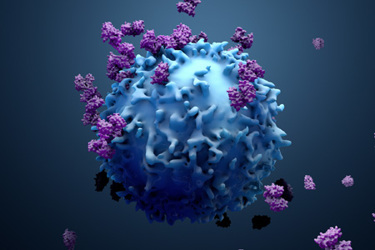CAR-T Cells, Immunotherapy, And 3D Models Are Paving The Way In Cancer Research

Chimeric antigen receptor T cells — CAR-T cells, for short — are an innovative development in the field of oncology, contributing to the emergence of immunotherapy as another pillar of cancer treatment, particularly for patients with late-stage or rare forms of cancer. Combined with 3D cell culture models, they are positioned at the forefront of the newest research.
CAR-T cells are made using a patient's T-cells, which are harvested through apheresis and built up in a laboratory through the addition of a chimeric antigen receptor. When the CAR-T cells return to the patient's body, they target cell-surface antigens expressed on tumor cells.
Future research into 3D immunotherapy is critical, and continued use of spheroids can help to overcome the present challenges of delivering the CAR-T cells directly to the tumor and selecting the proper antigen target. The continued use of spheroids can help to overcome present challenges and maybe draw us closer to the day when CAR-T becomes synonymous with cure.
Get unlimited access to:
Enter your credentials below to log in. Not yet a member of Bioprocess Online? Subscribe today.
